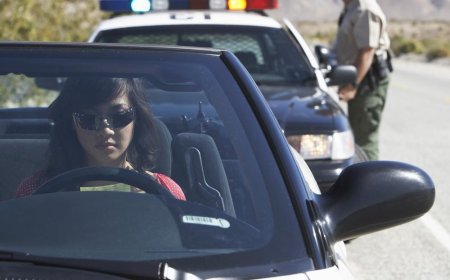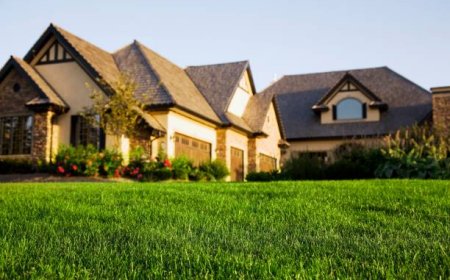How to Train Your Puppy: A Beginner’s Guide
Bringing home a new puppy is exciting, but it also comes with responsibilities. One of the most important tasks is training your puppy from day one. Good training builds trust, encourages good behavior, and sets the foundation for a well-behaved adult dog. If youre new to dog parenting, this guide will help you get started with confidence.
Why Puppy Training Matters
Training isnt just about teaching tricksits about communication. A trained puppy understands whats expected and learns how to behave around people and other animals. Proper training also:
-
Prevents behavioral issues
-
Encourages socialization
-
Strengthens your bond
-
Makes public outings easier
-
Keeps your dog safe
When to Start Training Your Puppy
Puppies are most receptive to learning between 8 to 16 weeks of age. During this period, they are curious, eager to please, and less resistant to change. The earlier you start, the easier it is to shape their behavior.
Basic Commands Every Puppy Should Learn
Here are the most essential commands to teach your puppy:
-
Sit Helps control excitement and teaches patience.
-
Stay Important for safety and obedience.
-
Come A vital recall command that can prevent danger.
-
Down Useful for calming your pup and managing jumping.
-
Leave it Prevents your dog from eating or grabbing unwanted things.
These basic commands create the foundation for more advanced training later on.
Tips for Successful Puppy Training
Training a puppy requires patience, consistency, and positivity. Heres how to make the process effective:
-
Use positive reinforcement Reward good behavior with treats, praise, or toys.
-
Keep sessions short Puppies have short attention spans. Stick to 510 minute sessions.
-
Be consistent Use the same words and hand signals for each command.
-
Train daily Practice a few minutes every day to reinforce learning.
-
Avoid punishment Never hit or yell. Negative responses can lead to fear and aggression.
Make training feel like a fun game for your puppy.
Crate Training and Potty Training
Two major areas of early puppy training are crate training and housebreaking.
Crate training helps with potty habits and provides your dog a safe, cozy space. Choose a crate that's large enough for your puppy to stand, turn around, and lie down.
House training takes consistency. Take your puppy outside after waking up, eating, or playing. Use a command like Go potty, and reward immediately when they do it outside.
Remember to clean up accidents without scolding your pup. Stay patientit gets better with time.
Socialization: A Key Part of Training
Socialization is the process of introducing your puppy to new people, places, and situations. A well-socialized dog is calm, confident, and less anxious in unfamiliar environments.
Take your puppy on walks, introduce them to friendly dogs, visit parks, and let them experience different sounds and sights. The more positive exposure they get, the more well-adjusted theyll become.
Common Mistakes to Avoid
-
Inconsistency Mixed messages confuse your puppy. Stick to routines.
-
Skipping socialization Fearful behavior later in life often stems from poor social exposure.
-
Training when angry or tired Your energy affects your puppy. Always train in a calm, positive mood.
-
Expecting too much too soon Puppies are learning. Be realistic and patient.
Final Thoughts
Training your puppy doesnt have to be hard. With the right approach and plenty of love, youll soon have a happy, obedient companion by your side. Start early, use positive techniques, and celebrate progress along the way. Your efforts now will pay off for years to come.






























